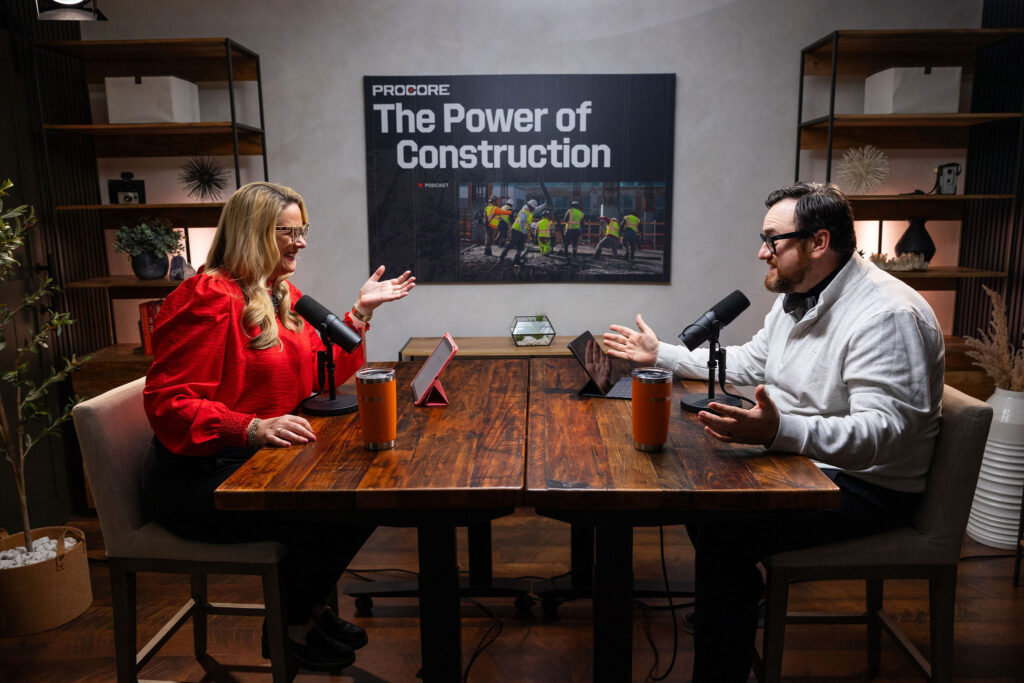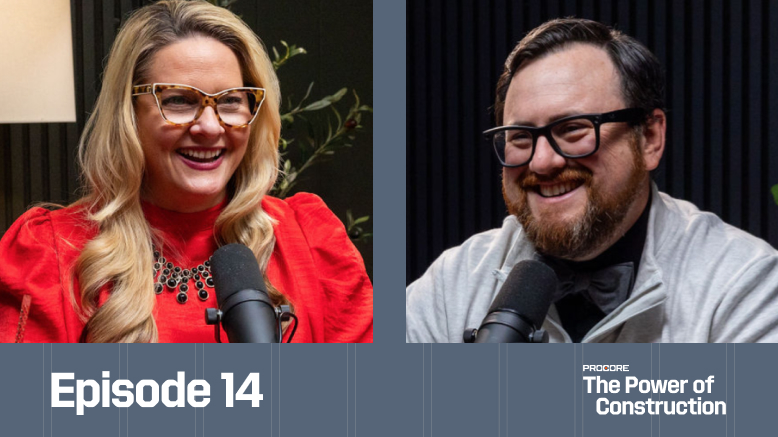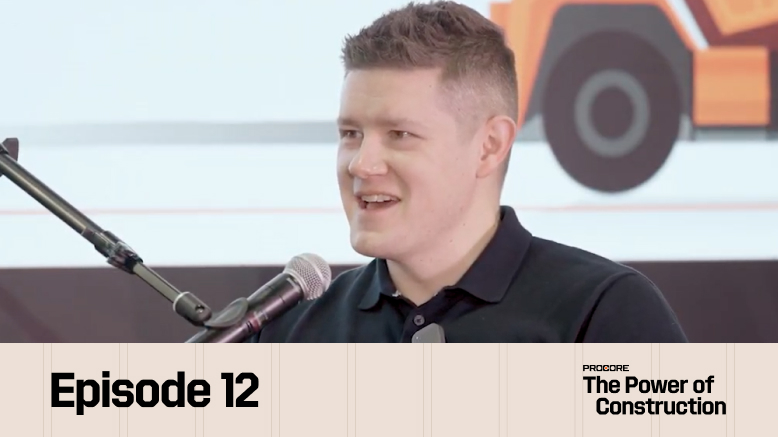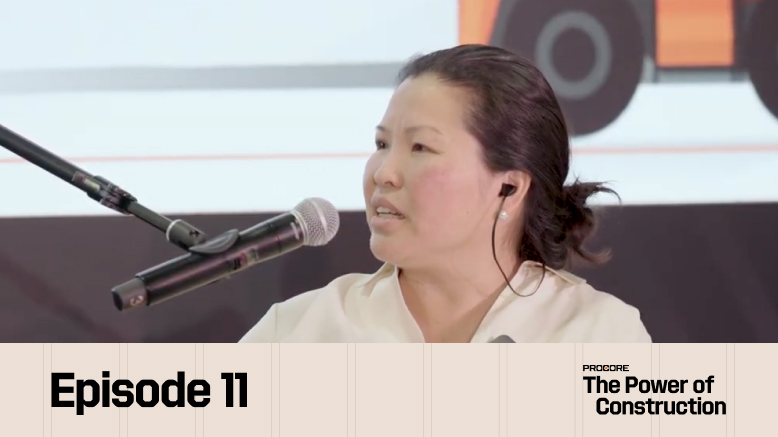The Sobering Reality of Construction's Mental Health Crisis
Deaths by suicide in the construction industry are five times that of other construction fatalities combined, with construction workers experiencing a four times higher suicide rate than the national average.
These numbers aren't just statistics—they represent a crisis that demands immediate attention and systematic change across the industry.
From Personal Experience to Industry Leadership
Brandon Anderson, Vice President of Safety AGC of MO, shares his deeply personal journey into mental health advocacy, beginning with his own lived experience from childhood trauma through adult struggles. As a suicide attempt survivor who has also lost family and friends to suicide—many from the construction industry—he brings authentic understanding to the conversation.
His path from experiencing these challenges firsthand to leading national initiatives demonstrates how personal pain can become purposeful action.
The Perfect Storm: Understanding Why Construction Struggles
The discussion explores the unique factors that create construction's perfect storm for mental health challenges. Long work hours, separation from support systems, transient workforce patterns, and the industry's traditional "mind your business, keep your head down" culture all contribute to isolation.
The generational workforce challenge adds another layer, with up to five generations working together, each bringing different expectations and communication styles.
COVID as a Catalyst for Change
While mental health challenges in construction existed long before 2020, COVID served as a critical catalyst that "ripped the band-aid off" societal discussions about mental health. Construction workers, designated as essential, couldn't work from home and faced additional stressors while maintaining infrastructure.
This period brought long-standing issues into sharp focus and created openness for conversations that were previously taboo.
The Evolution from Denial to Action
Anderson describes the industry's evolution from initial denial ("We have what kind of problem?") to data-driven awareness to the current phase where leaders are asking, "Tell me what to do."
This progression mirrors the industry's historical approach to physical safety, suggesting that systematic change is possible when leadership commits to transformation.
Breaking the Silence: The Power of Vulnerability
One of the most powerful insights emerges around leadership vulnerability. Anderson describes how audiences respond when he speaks about mental health—particularly older workers who approach him teary-eyed, saying "We should have been talking about this thirty years ago."
The industry's traditional masculine culture creates barriers to emotional expression, yet when leaders model vulnerability and openness, it creates space for authentic connection and support.
Beyond Awareness: Actionable Solutions for Today
The conversation pivots from awareness to practical action steps leaders can implement immediately:
Educational Foundation: Auditing Employee Assistance Programs (EAPs) annually, implementing mental health training in new employee orientation, and integrating these topics into leadership development programs.
Financial Literacy: Recognizing that high-paying jobs without financial education can create significant stress when work becomes seasonal or projects end unexpectedly.
Contractual Innovation: Highlighting examples where owners and contractors partner to provide on-site counseling, medical professionals, and well-being specialists—with one project seeing 80 people per month utilizing mental health services while still completing ahead of schedule.
Simple but Powerful Tools: The development of "hope coins"—poker chip-sized tokens with messages like "You're not alone" and "Your story isn't over" alongside the 988 crisis line number—demonstrates how simple interventions can create conversation starters and provide immediate resources.
The Bold Leadership Required for Change
The discussion addresses the industry's need for bold leadership willing to challenge traditional approaches. Examples include companies implementing no-alcohol policies, providing on-site medical professionals, and leaders sharing their own mental health struggles.
These actions require courage but create destination employers that attract and retain talent in a competitive market.
Toolbox Talks: Making Mental Health Part of Safety Culture
Anderson introduces the concept of "Mental Health Mondays"—monthly toolbox talks that address mental health topics alongside traditional safety discussions.
This integration into existing safety culture creates natural opportunities for conversation and resource sharing, leveraging construction's established commitment to worker safety.
The Five-Day Work Week Revolution
Drawing inspiration from international examples, the conversation explores how some companies are pioneering five-day work weeks with positive results.
These initiatives require partnership between owners and contractors but demonstrate that industry norms can change when leaders commit to worker well-being alongside productivity goals.
Leadership Vulnerability as a Strategic Tool
Anderson emphasizes how executive vulnerability becomes a powerful tool for change. When CEOs and senior leaders share their own struggles with mental health, substance use, or family challenges, it humanizes leadership and creates psychological safety for employees to seek help when needed.
Rapid-Fire Q&A with Brandon Anderson
Book Recommendation: Personal Mastery by Alvin Brown
Advice to Younger Self: "Don't be so hard on yourself"
Go-to Information Source: Podcasts across a wide variety of topics
Industry Tagline: "We get shit done"
Innovation Shaping Construction's Future: The diversity of the industry as it evolves, bringing different perspectives and ways of thinking
Key Takeaways
This episode reveals that addressing worker well-being requires:
- Leadership Courage: Executives must model vulnerability and openness about mental health challenges
- Systematic Integration: Mental health support should be woven into existing safety culture and new employee processes
- Beyond Awareness: Moving from recognition to concrete action steps and resource provision
- Financial Education: Addressing root causes including financial literacy for high-earning but potentially unstable work
- Contractual Innovation: Partnering with owners to build well-being services into project specifications
- Cultural Shift: Challenging traditional masculine norms that discourage emotional expression and help-seeking
- Simple Tools: Implementing low-cost, high-impact interventions like hope coins and monthly mental health discussions
- Bold Policy Changes: Considering revolutionary approaches like five-day work weeks and on-site mental health professionals
- Peer Support: Creating opportunities for worker-to-worker connection and support
- Long-term Commitment: Understanding that cultural change requires sustained effort, not one-time initiatives
Brandon Anderson and AGC Missouri demonstrate that construction's mental health crisis, while severe, is addressable through committed leadership, practical interventions, and the industry's inherent problem-solving capabilities. The conversation makes clear that addressing worker well-being isn't just a moral imperative—it's a business necessity for attracting talent, reducing turnover, and building sustainable operations. As Anderson notes, the industry's greatest innovation may be its evolving diversity of perspectives, bringing fresh approaches to long-standing challenges and creating workplaces where all workers can thrive both professionally and personally.




